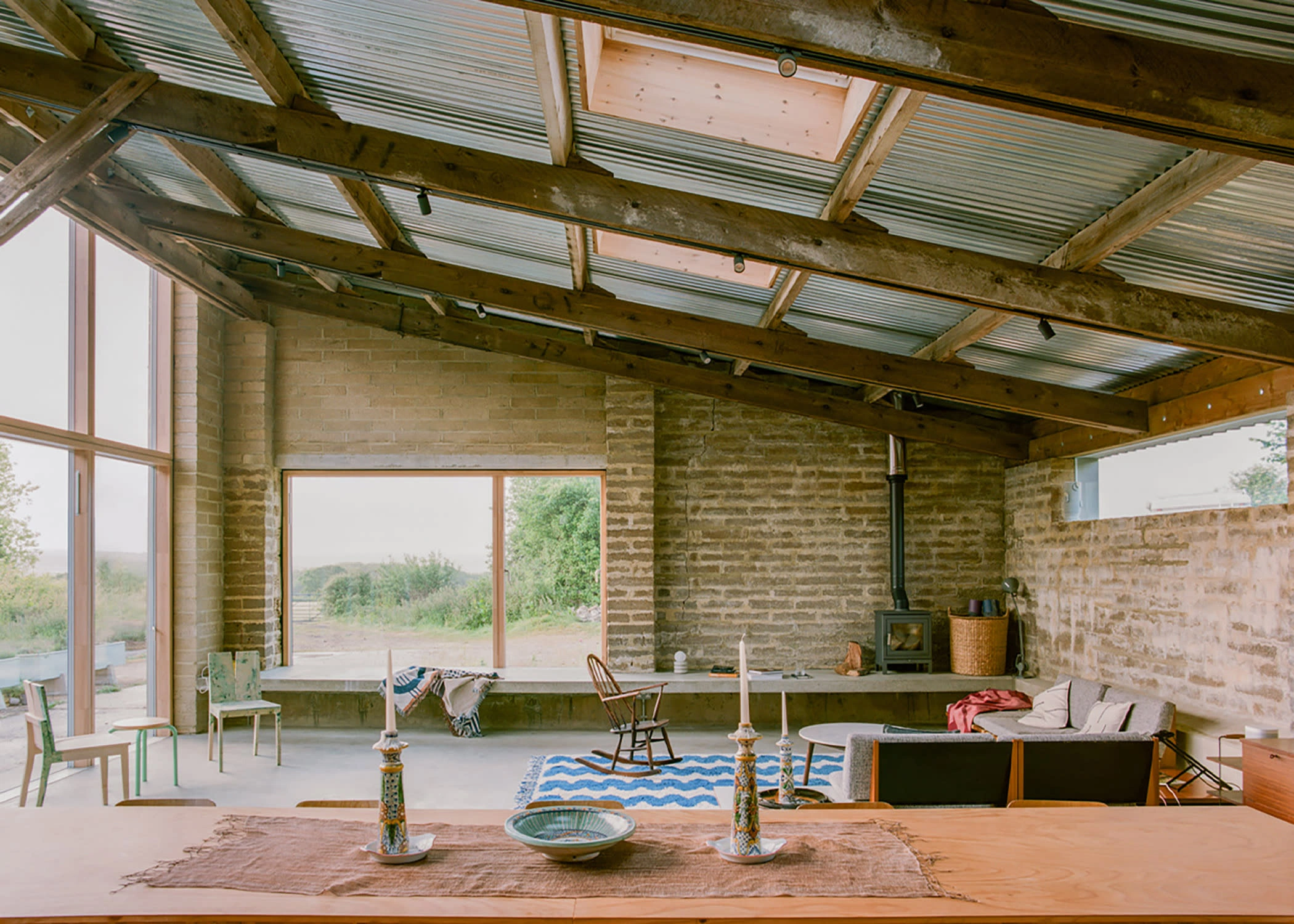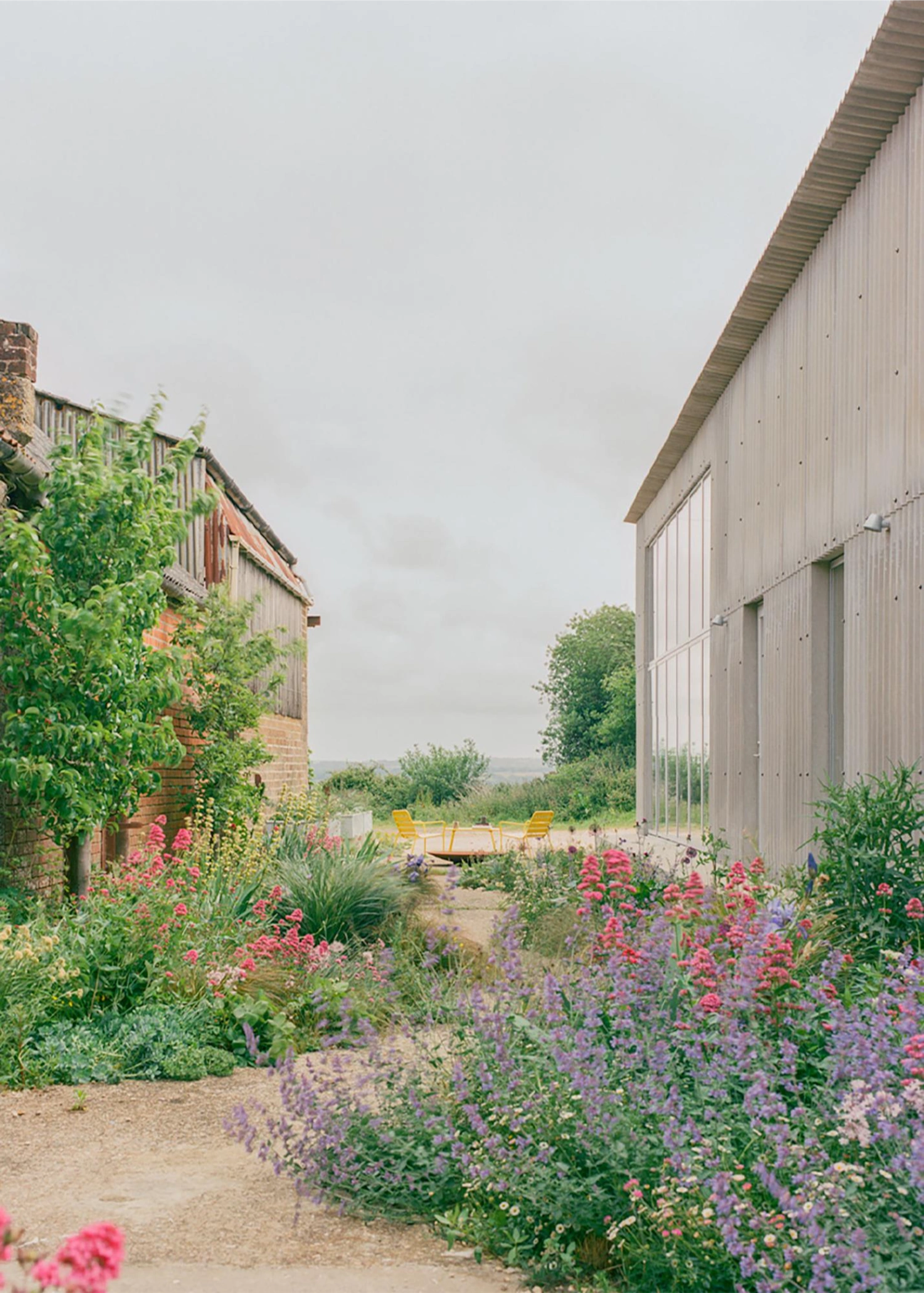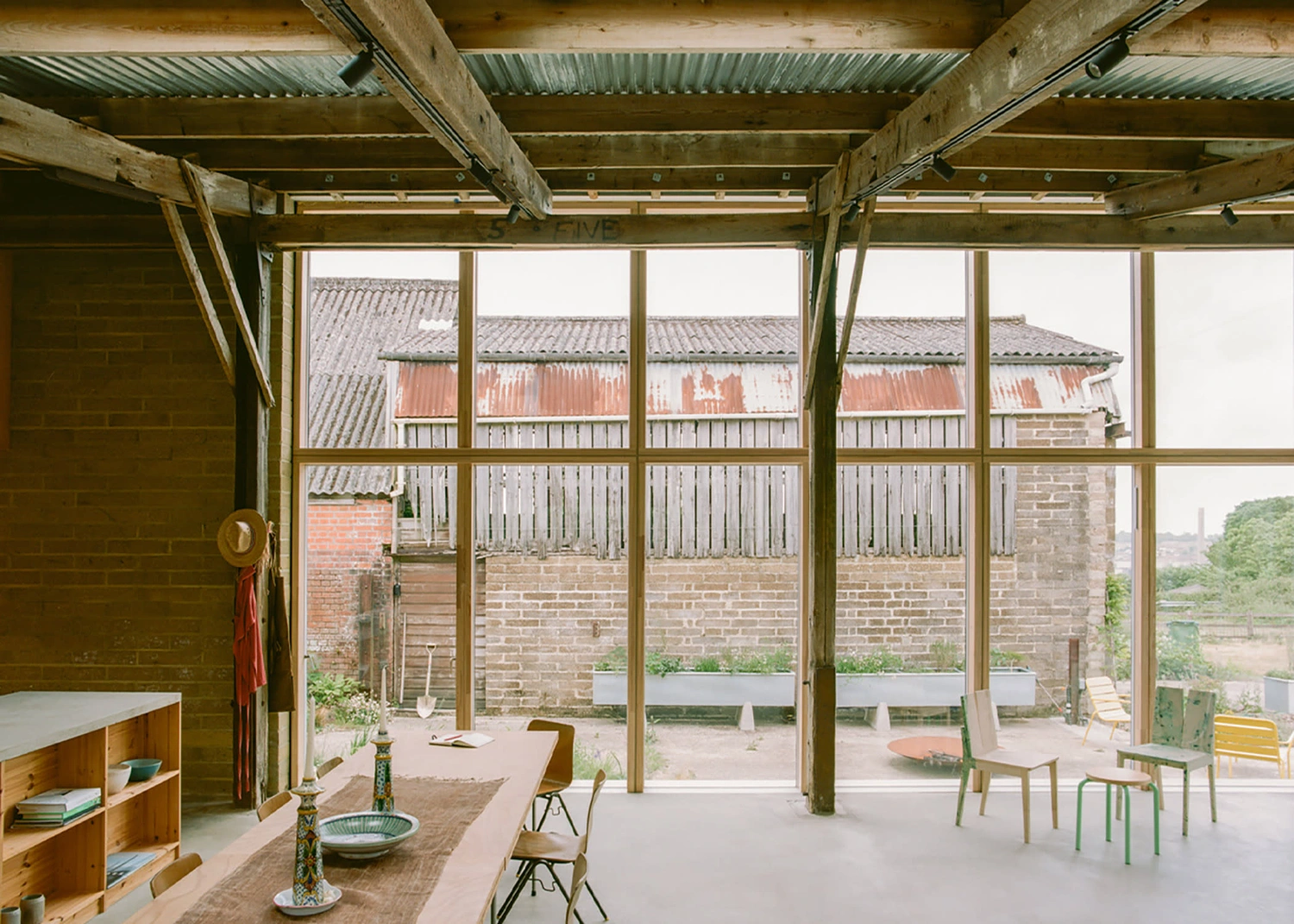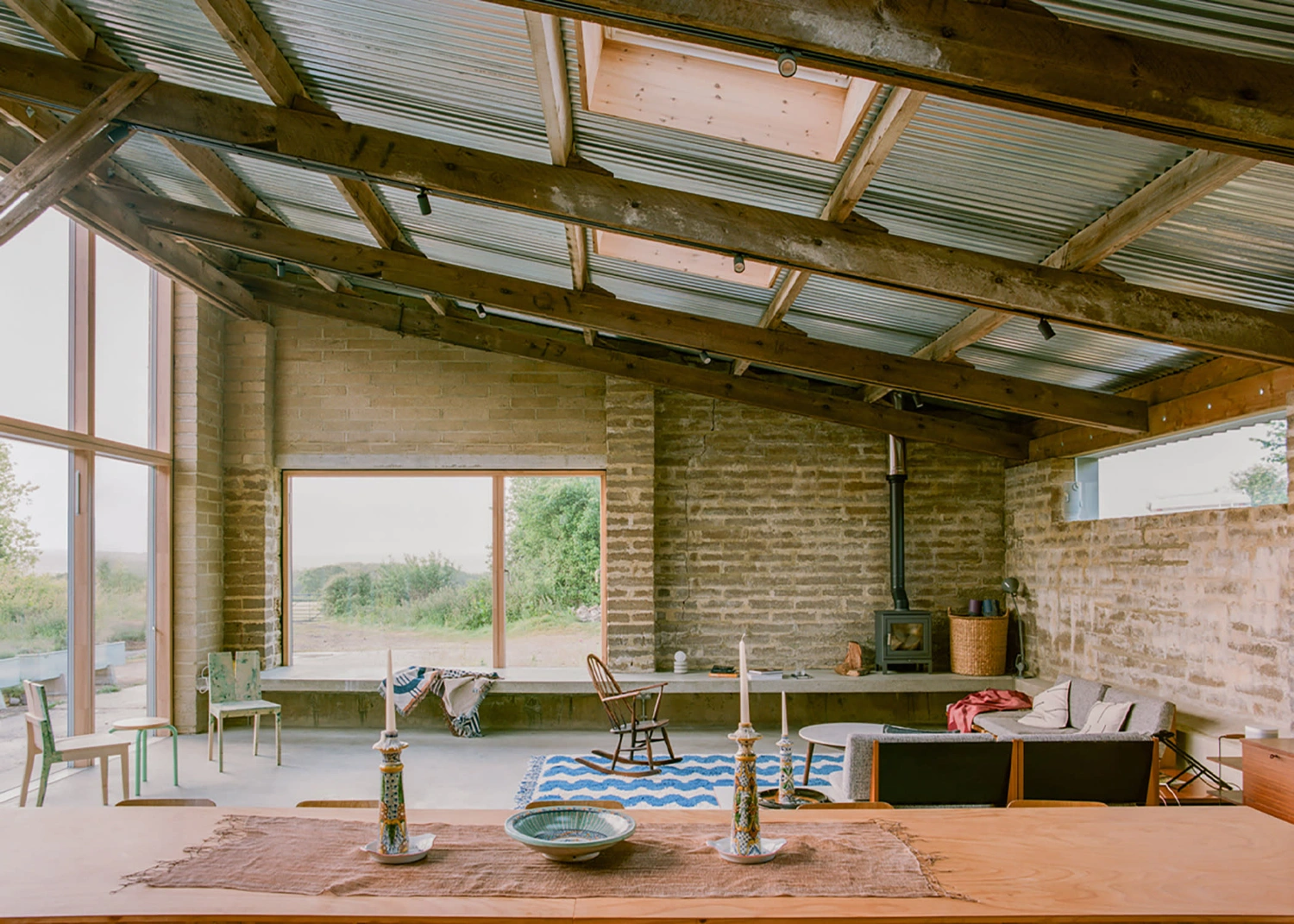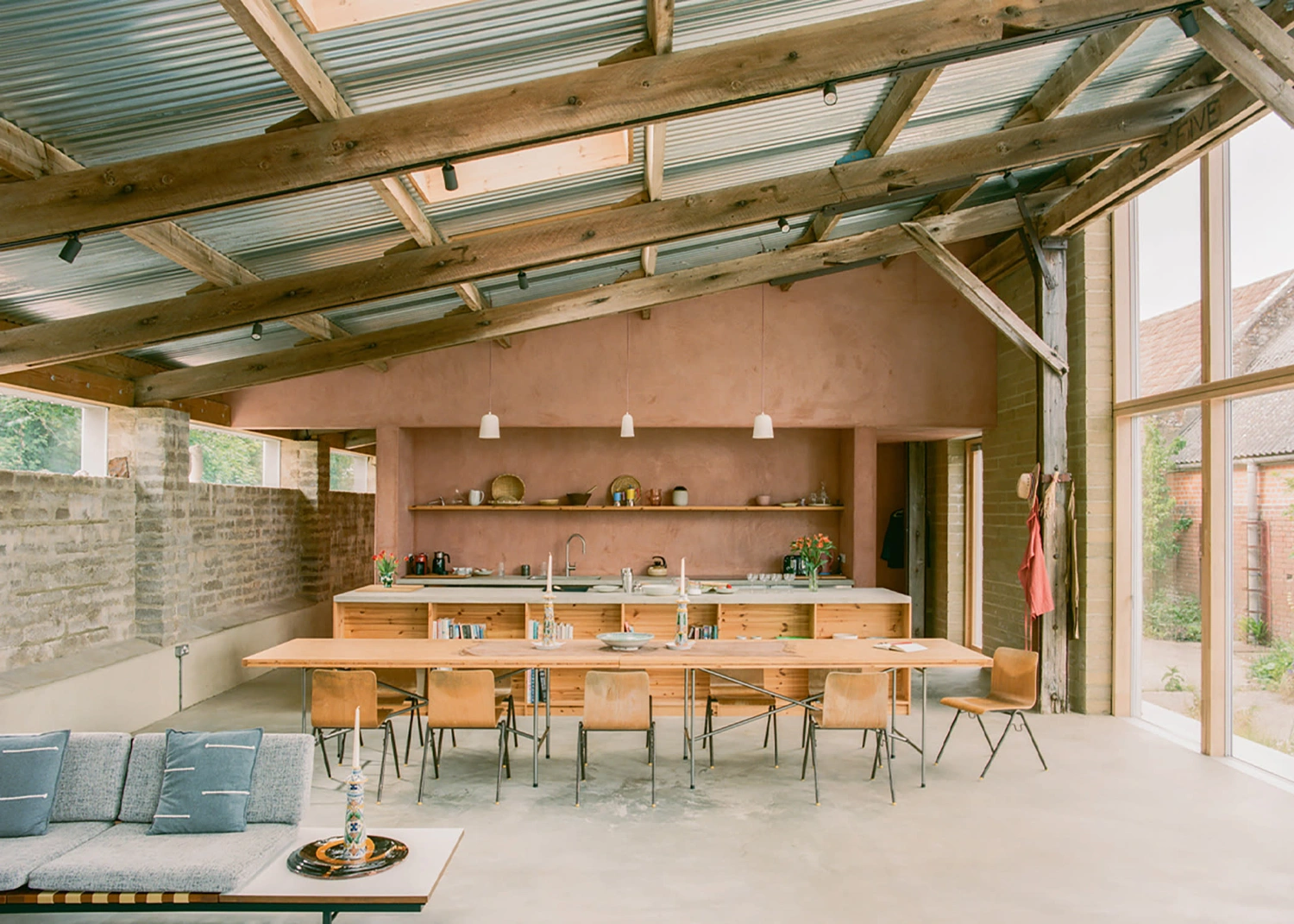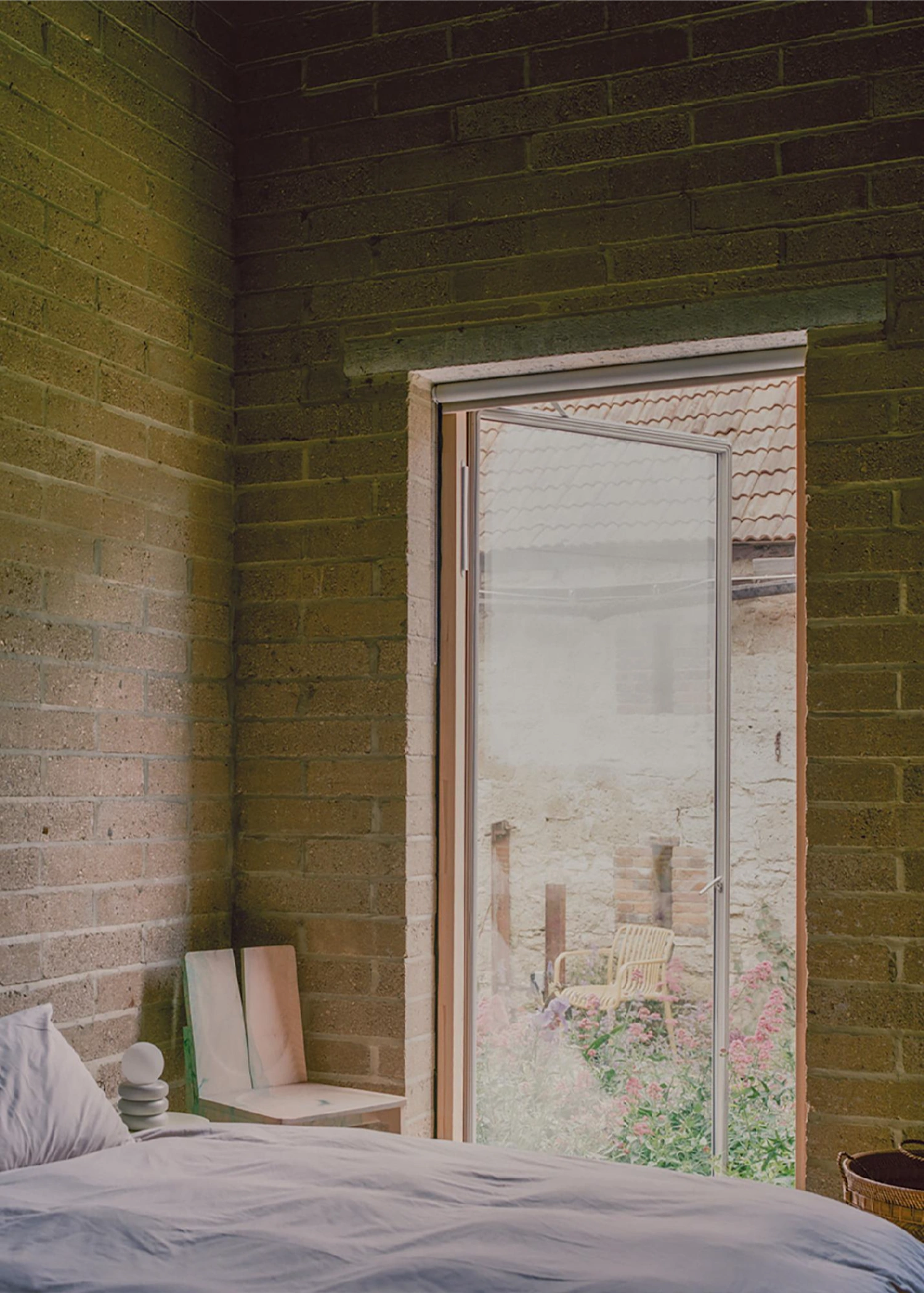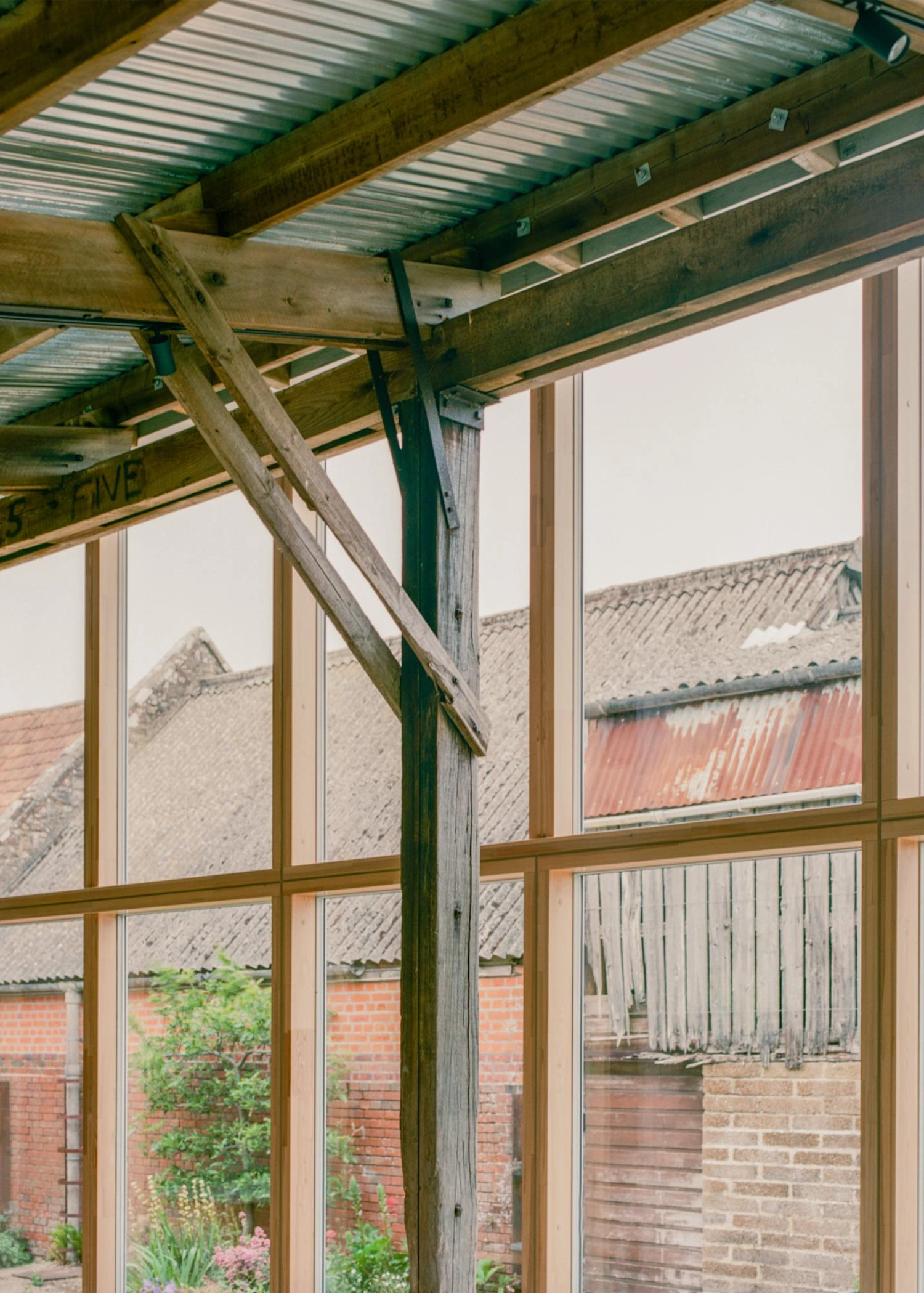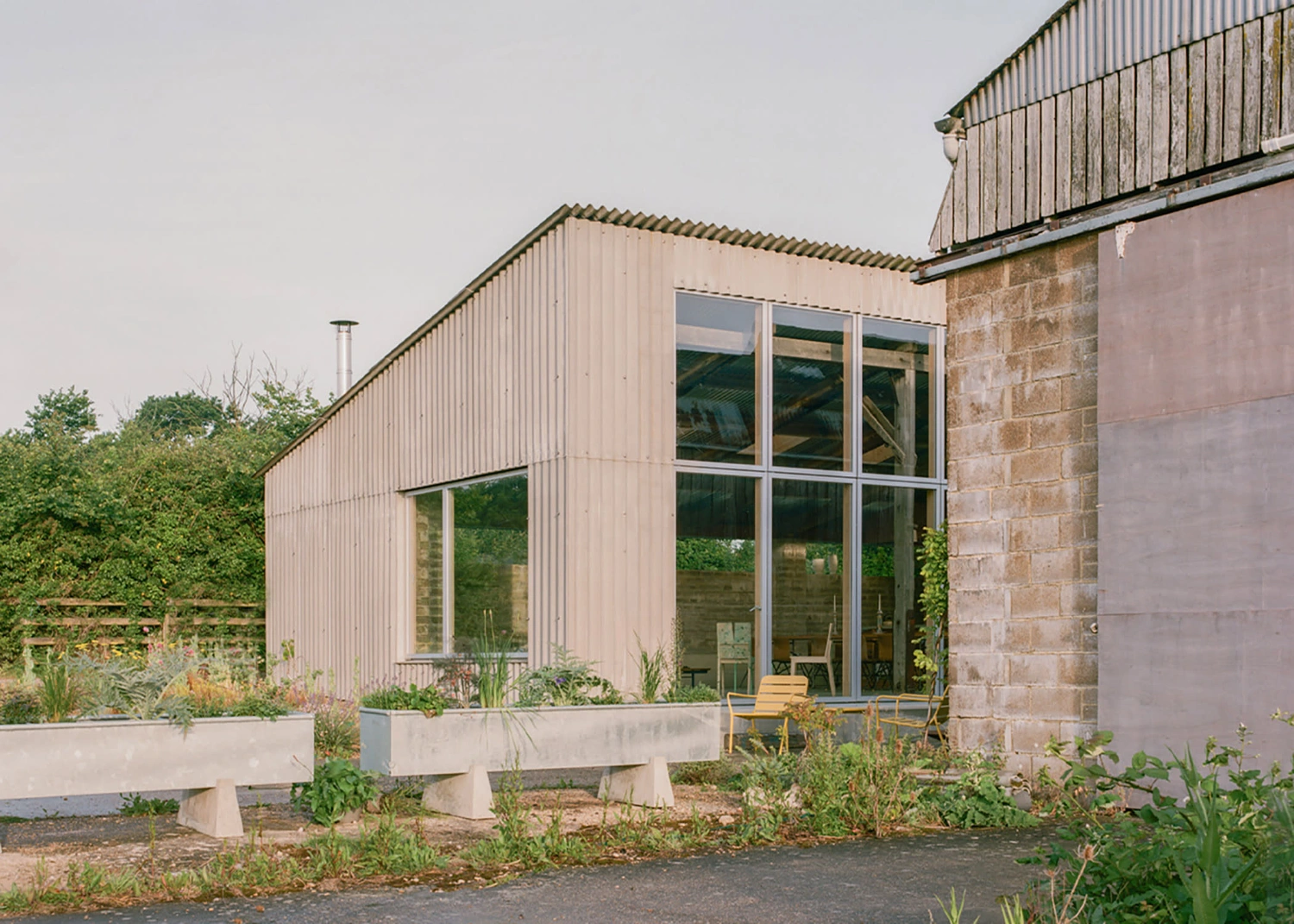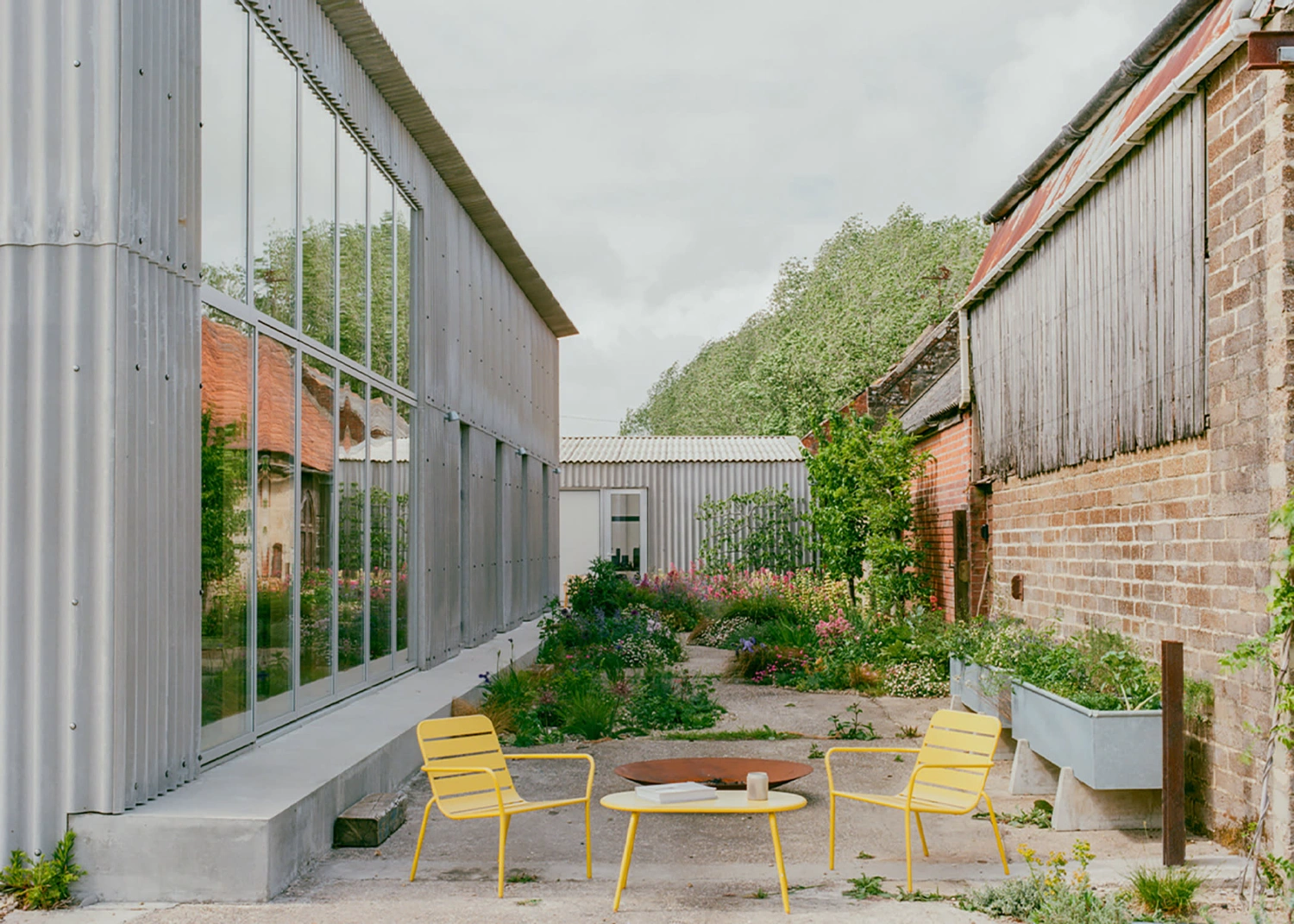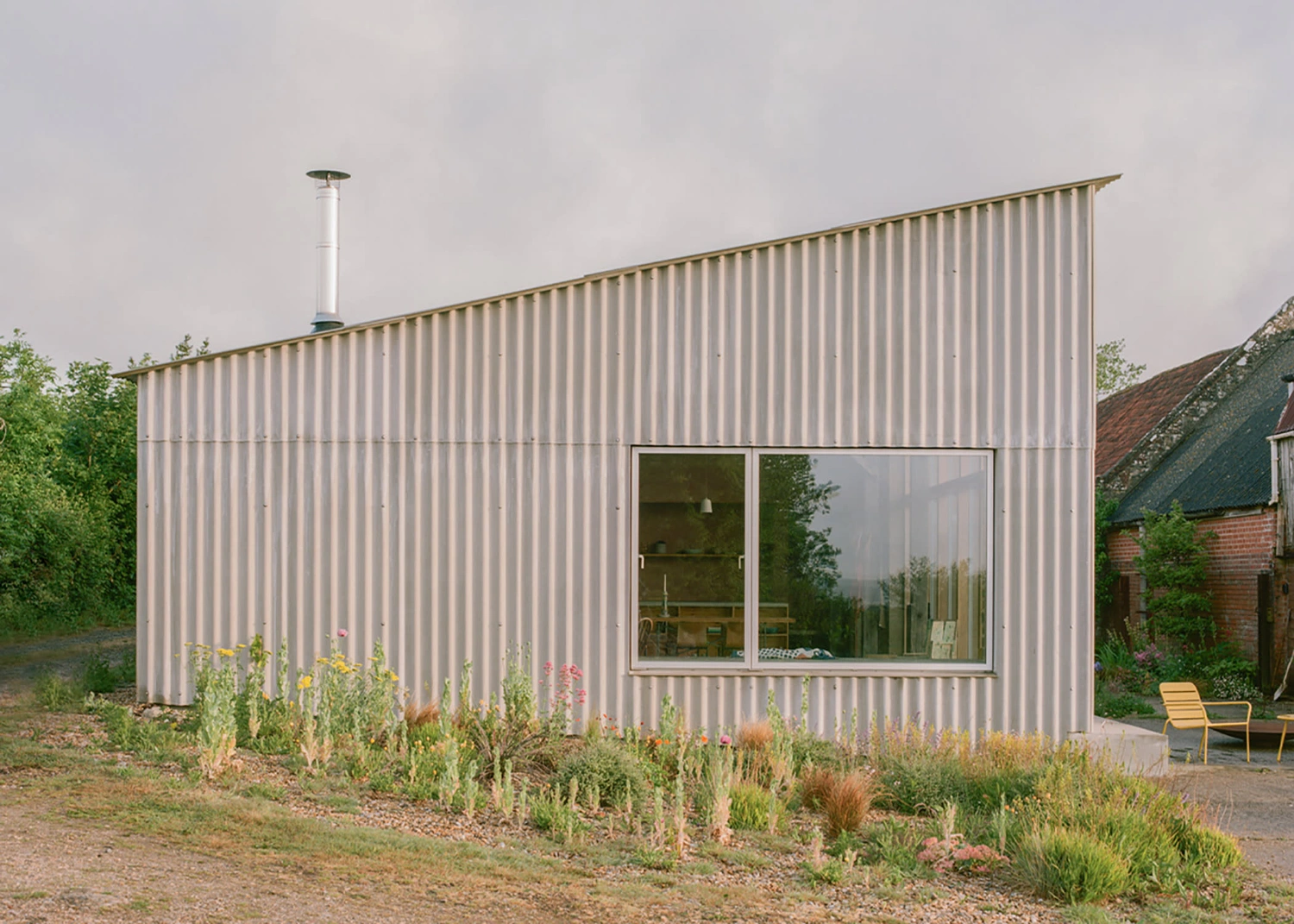Studio Weave’s South Barn on the Isle of Wight transforms a former agricultural structure into a quietly radical family home through restraint, craft, and site-responsive design.
This 2021-2023 project is not a theatrical conversion, but a subtle recalibration, demonstrating how minimal architectural gestures can coax new life from an existing volume without undermining its historic presence. The intervention is quietly radical: a soft-spoken manifesto on rural reuse that rejects spectacle in favor of intimacy and continuity.
South Barn retains the quiet dignity of its agricultural past. Studio Weave’s approach, informed by a deep respect for vernacular structures, resists the overwriting impulse common in rural luxury conversions. Instead, they allow timeworn materials to speak. Timber, weathered and worn, remains exposed; original proportions are preserved. The result is a building that resonates with its previous function even as it adapts to new rhythms of domesticity. Sustainability here is not performative but embedded—less about technological displays and more about architectural restraint.
The design pivots around a generous kitchen and living area, anchored by a north-north-east glazed façade that captures soft Isle of Wight morning light. The double-height aperture, carefully inserted, frames pastoral views over the River Medina without disturbing the barn’s stoic geometries. It’s a deft solution that achieves spatial drama while maintaining the building’s essential reticence. Light becomes both a material and a mediator, softening edges and animating textures across the day.
Crucial to South Barn’s success is the intimate dialogue between architecture and craft. Collaborating closely with Mike from Imphouse, Studio Weave engaged in an iterative, site-responsive process. This partnership foregrounded skilled labor and allowed the building’s quirks to inform bespoke solutions. Details weren’t drawn—they were discovered, shaped by tools, hands, and conversations. This embedded craftsmanship lends the project a tactile fidelity that digitally mediated design often lacks.
The landscape, crafted in collaboration with Tom Massey Studio, extends the architectural ethos into the surrounding soil. Low-water, low-maintenance planting strategies respond to the realities of rural upkeep while embedding the building gently into its agrarian context. Even the concrete—removed for drainage—finds new purpose, crushed and reimagined as mulch, a quiet nod to circular material thinking. The design resists pastoral pastiche, instead offering a grounded, ecologically intelligent vision for rural dwelling.
South Barn is a study in how to listen—to place, to material, to history. It stands not as a monument, but as a reminder that architecture, at its most sensitive, can reveal rather than reinvent.

